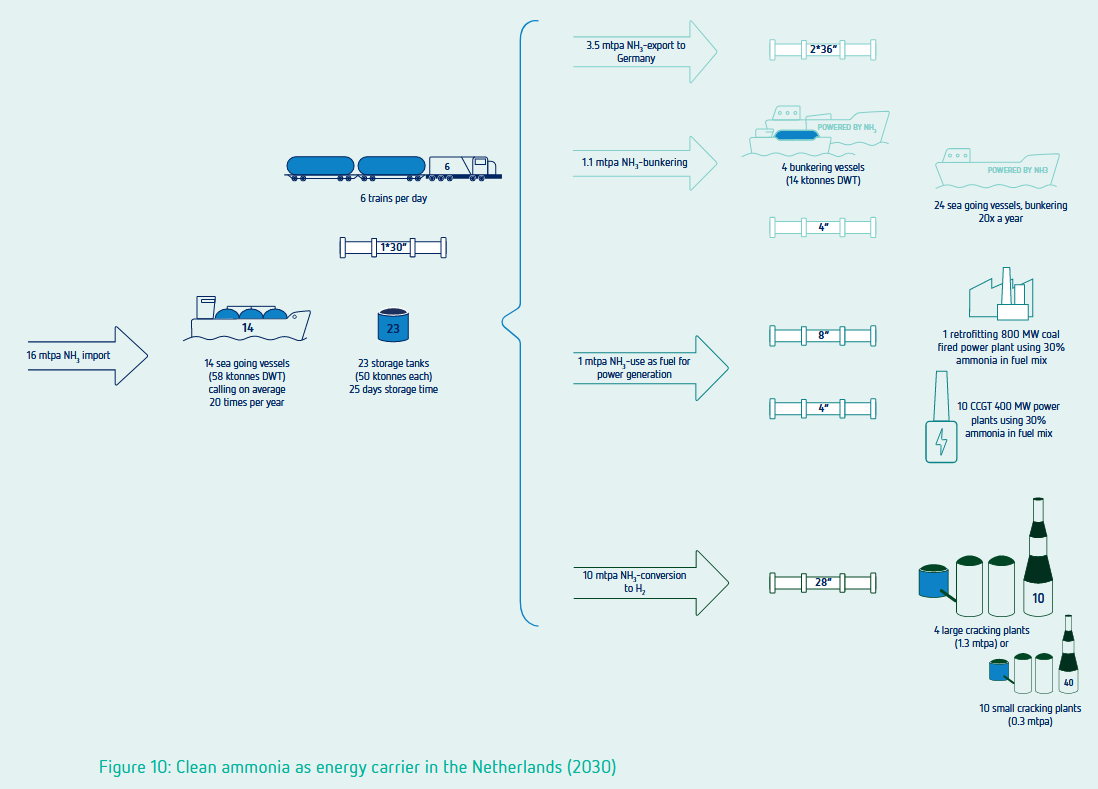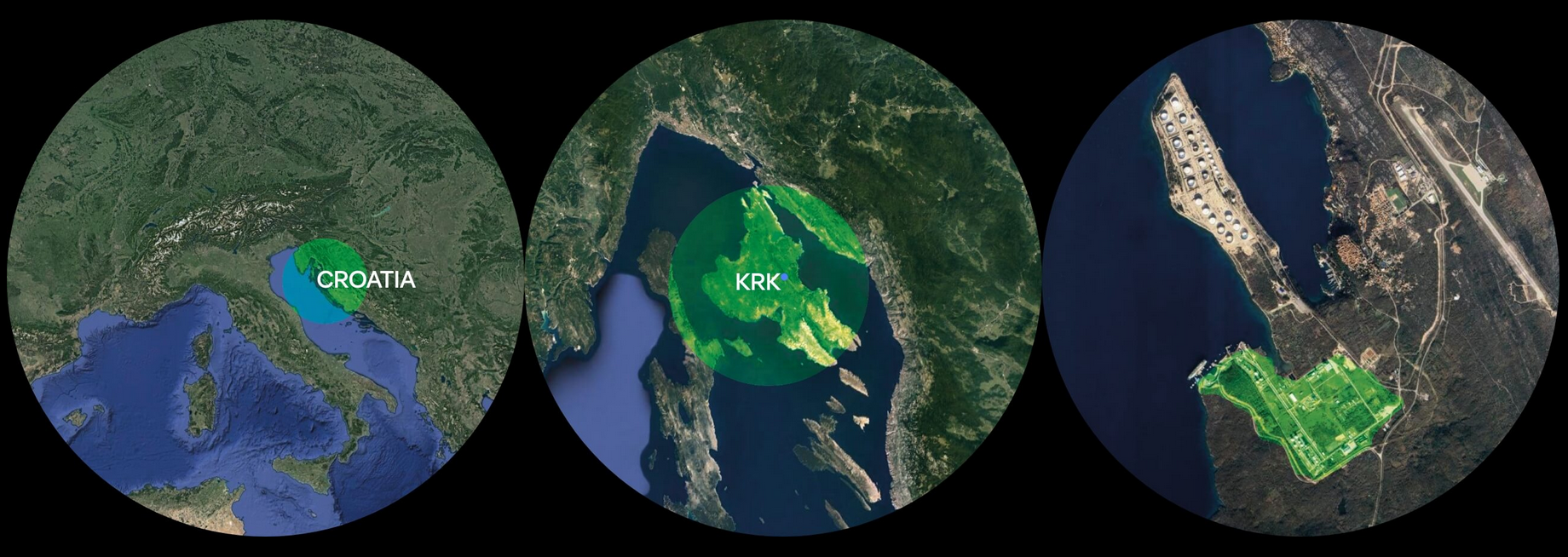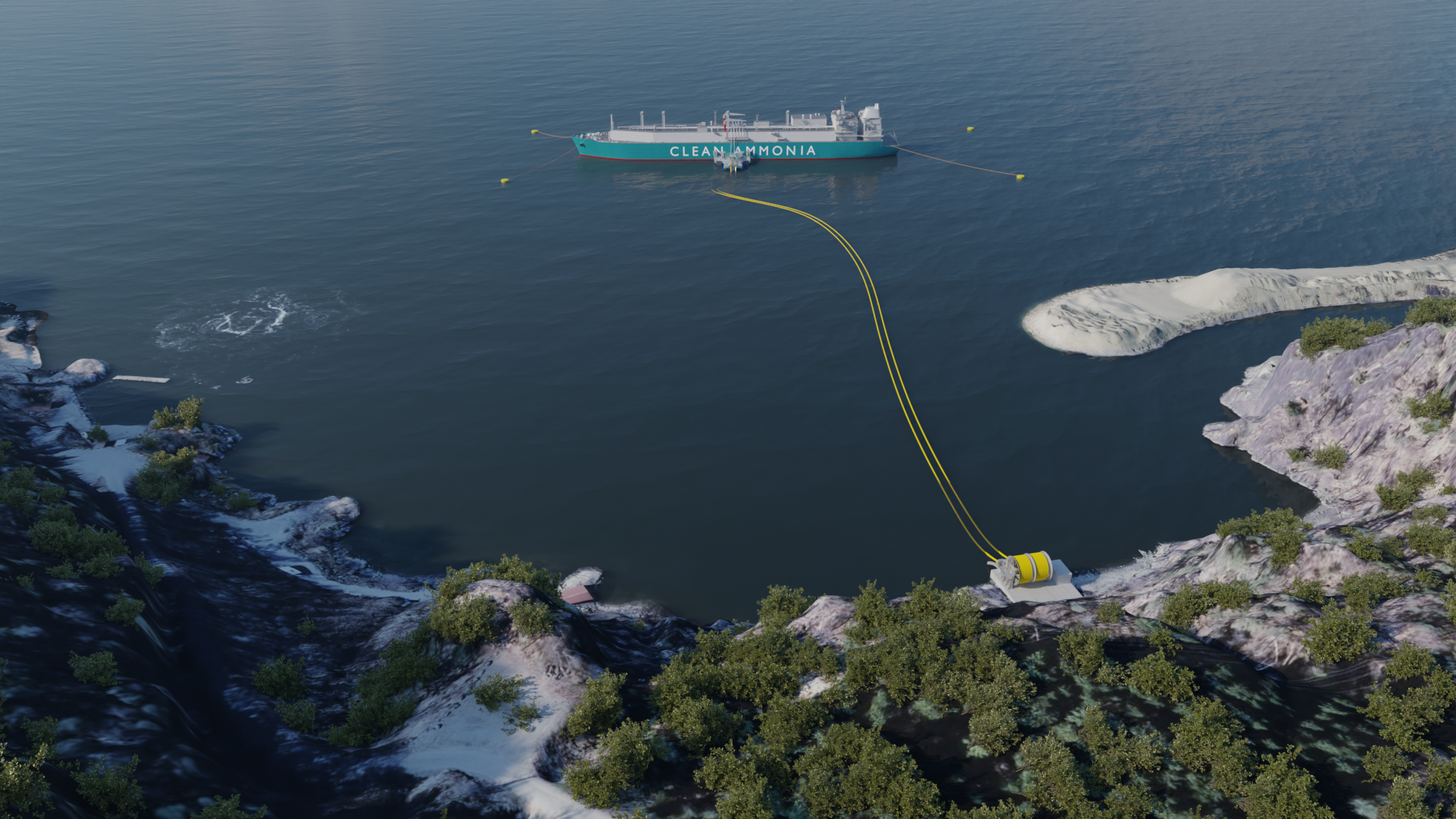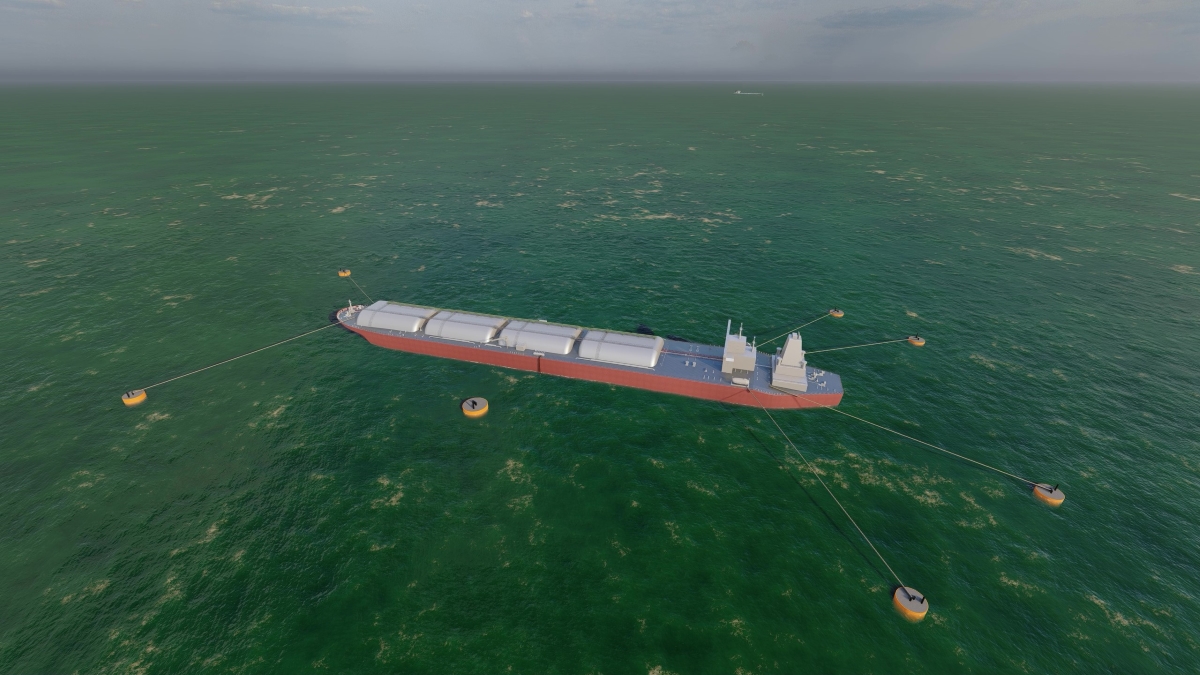Agropolychim: investing in ammonia distribution from Bulgaria
The Bulgarian fertiliser giant will invest €15 million in a 100-strong fleet of ammonia carrying railway cars. Agropolychim anticipates over 250,000 tons per year of low-carbon ammonia from the Middle East to arrive at its import terminal in Varna West.









